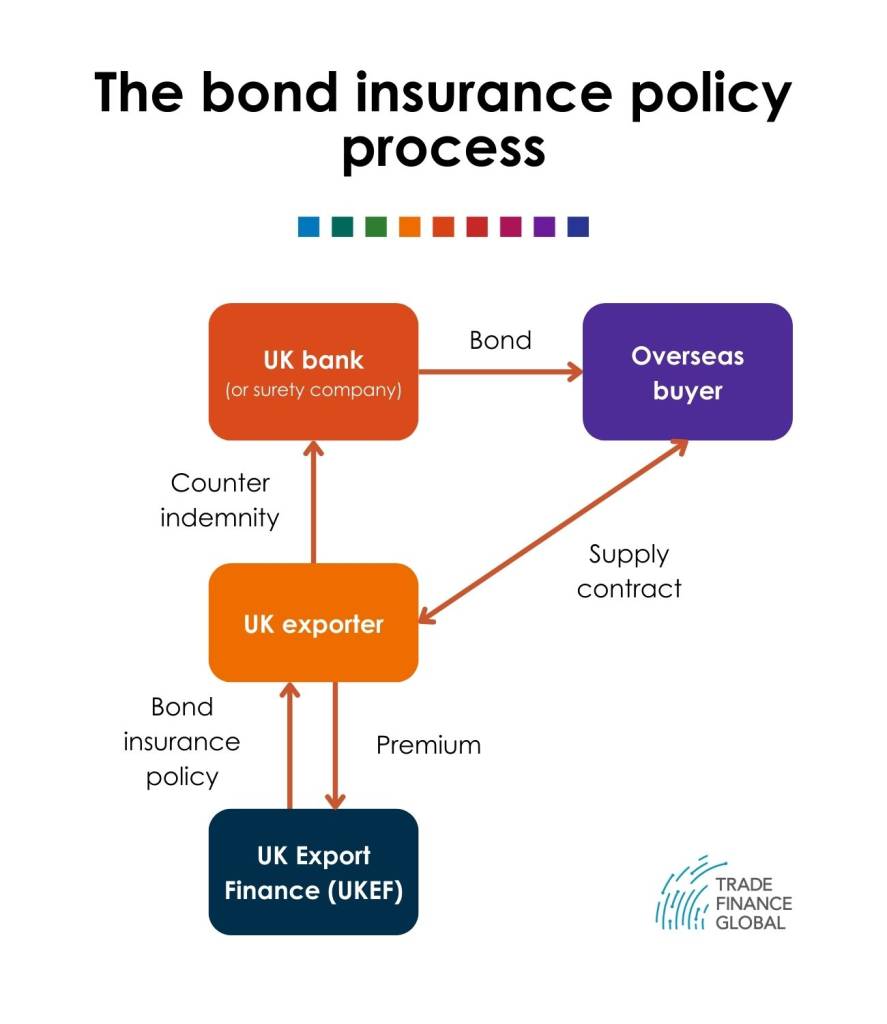Bond Insurance Policy

Content
Bond Insurance is a term interchangeably used with financial guarantee insurance; it is a type of insurance whereby an insurance company guarantees scheduled payments of interest and principal on a bond or other security in the event of a payment default by the issuer of the bond or security. Put simply, bond insurance is most frequently sought by issuers with less than adequate credit ratings; a bond insurer is a private firm that has obtained a top rating from the main ratings agencies. An issuer pays it a premium to guarantee bondholders the specific bonds that will be serviced on time. With such a guarantee the issuer is able to sell its bonds with a lower interest rate.
Bond insurance has been controversial particularly for its causation in both the 2007 mortgage and 2009 financial crises where subprime mortgage bonds were issued at record levels by AAA rated agencies in anticipation of continuing appreciation in housing prices. Outside of municipal bond insurance, bond insurance policy has been used to effectively finance infrastructure bonds and public-private partnerships.
The economic value of bond insurance to the issuer offering bonds is the saving in interest costs reflecting the difference in yield payable on an insured bond compared to an uninsured bond.

Model highlighting the role of the bond insurance policy for an exportation financing alternative.
A bond insurance policy is frequently used for exporters, where a bank issues a bond on their behalf to an international buyer, or a counter-guarantee to a bank in the buyer’s country, as a condition of an export contract.
The primary advantages associated with bond insurance policy are that the exporter can be potentially provided with almost full coverage. The exporter is protected against loss suffered because of unfair calls by the buyer on the bond and even political events. More so, bond insurance generally reduces the borrowing costs for an issuer since investors are prepared to accept a lower interest rate in exchange for the credit enhancement provided by the bond insurance. The interest savings from the use of bond insurance are generally shared between the issuer as an incentive to continue using insurance and the insurer as a premium for providing insurance. Additionally, bond insurance improves market liquidity for the insured securities, surveillance of the underlying transactions and remediation of the underlying transaction. On the contrary, uninsured transactions are often not monitored by credit rating agencies and in the event of default, bond trustees often fail to take appropriate action and indemnity from the bondholders.
Referencing
United Kingdom Publishing [2015], Quick guide to Bond Insurance, UK Exportation Finance, https://assets.publishing.service.gov.uk/government/uploads/system/uploads/attachment
_data/file/417711/quick-guide-to-bond-insurance-v3.pdf, retrieved 04/09/2018.
Our trade finance partners
- Export Finance Resources
- All Export Finance Topics
- Podcasts
- Videos
- Conferences





















